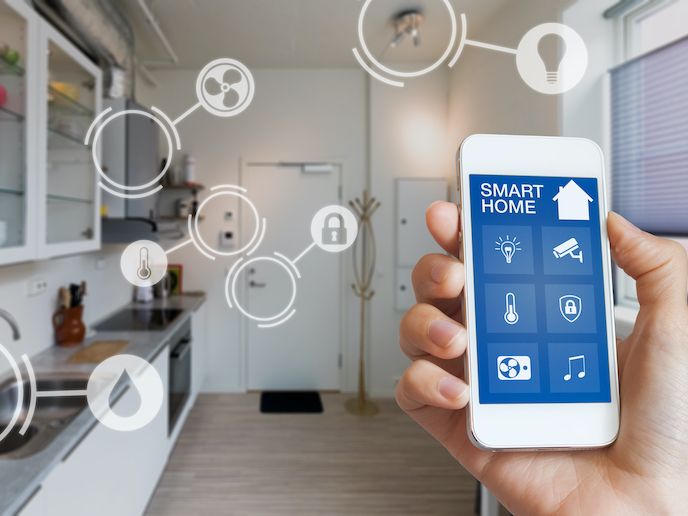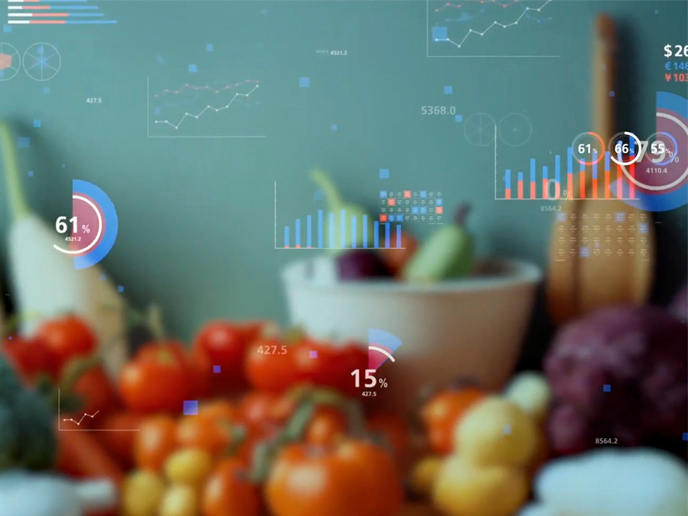Greater interaction tools for next-gen radio shows
Long gone are the times when the only way for radio listeners to interact with their favourite show was a phone call and the hope of being shortlisted for an on-air contribution. To make their voice heard, listeners can now send SMSs and use Twitter, Facebook and even Instagram. But such an increase in visibility has a downside too. Broadcasters’ jobs have become more time consuming. Not every listener will get an answer, and this can all result in a frustrating experience at both ends of the microphone. “Our goal with MARCONI is to tackle the technical challenges arising from the current lack of integration between existing communication monitoring tools and radio making tools. We are creating a software platform that enables interactive and personalised radio. It effectively integrates ‘live’ broadcast radio with digital platforms,” says Mike Matton, coordinator of the project and head of international R&D collaborations at VRT Innovation.
A truly user-driven project
The MARCONI (Multimedia and Augmented Radio Creation: Online, iNteractive, Individual) project technology provides broadcasters with a single platform integrating multiple components. These include: an integrated live view of communication platforms; smart analysis of conversions; AI-powered photo, video and audio analysis; and GDPR-compliant data management. The platform also gives prominence to enhanced interaction with listeners, thanks to new tools for contests and polls, chatbots and personalised services based on user profiles (sematic analysis, push notifications, topic detection). MARCONI can even be fully integrated with other tools commonly used by radio stations. “MARCONI is a truly user-driven project,” says Matton. “Radio stations and listeners have been involved in the development process since the very start of the project. This allowed us to learn many things about their needs.”
A series of successful pilots
MARCONI’s solutions have been extensively tested in eight large-scale pilots. These notably covered the creation of chatbots for various NPO and VRT radio stations. ‘Flammie’ automatically answers questions related to a charity event hosted by Studio Brussel (VRT), while another chatbot developed for NPO Radio 5 answers general questions related to the station’s programme and music currently being played and provides a helpdesk for listeners. As Matton puts it: “The main purpose of a chatbot is to engage listeners with a service that takes their profile and personal interests into account. They can use a poll system, create their own account and specify their interests so that their content can be used on the show. Moreover, the chatbot reduces the editor’s work while offering a new channel to build stories.” Besides chatbots, the pilots also cover the likes of an editorial dashboard showing incoming messages and allowing staff members to sort them manually or automatically based on keywords. A DJ, for instance, can use this system to create a persona, answer messages automatically and send bulk replies. Similarly, the Lively Environment pilot of VRT makes use of large screens in studios to showcase interaction-related information, from polls to user-generated content. A search tool has also been evaluated to navigate through user messages. “The radio professionals we talked to are very excited about the platform and what it could mean for their shows and radio station. But they have also identified remaining challenges such as the use of conversational agents to guide the interaction. Further tweaking is needed, and ongoing pilots will help us overcome these challenges,” says Matton. Several more pilots are foreseen before the end of the project in February 2020, after which the consortium will be focusing on exploitation activities. Stations which took part in the open pilots and the existing clients of project partner Pluxbox, which will lead commercialisation activities, will be the first target customers. “Since each station is different and has specific needs, the business model will be to offer tailored solutions rather than an off-the-shelf product,” Matton concludes.







